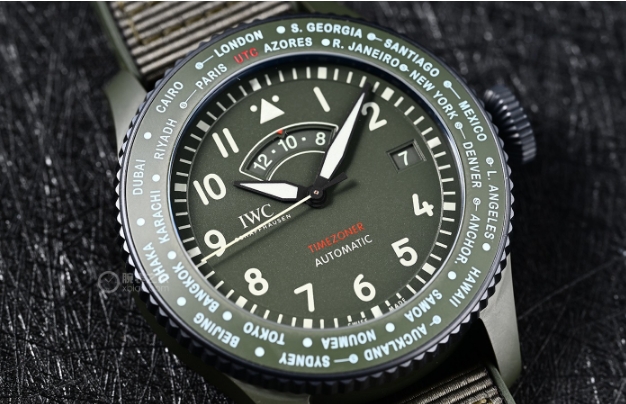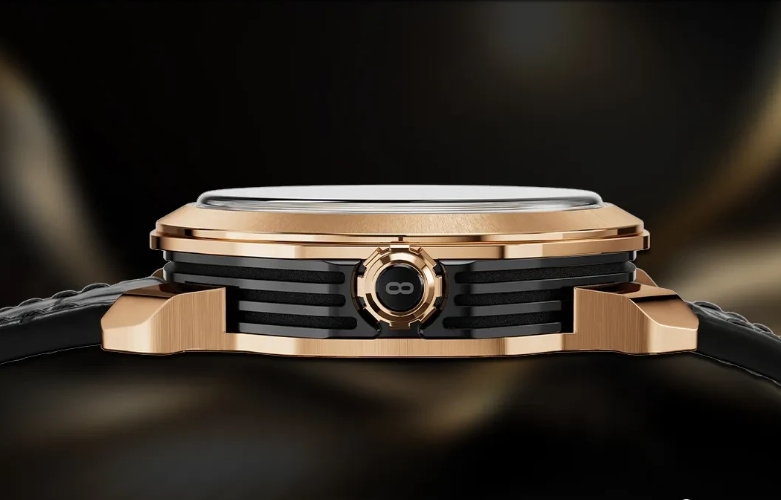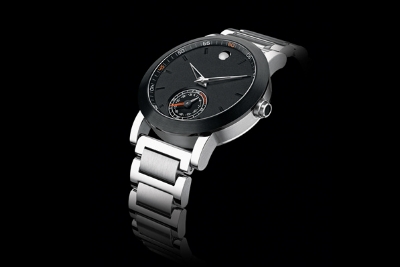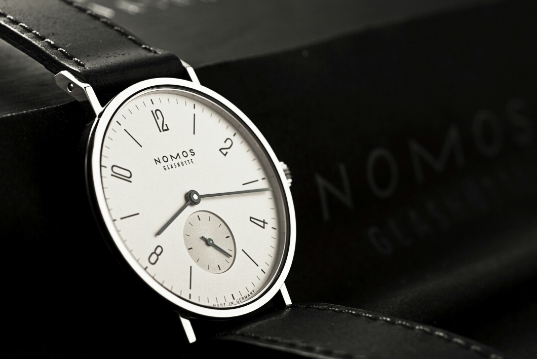In the vast realm of timekeeping, mechanical watches stand out with their unique charm and intricate craftsmanship, embodying the pinnacle of time artistry. These exquisite masterpieces not only carry the flow of time but are also the crystallization of human wisdom and technology. This article will take you on a journey deep into the mysteries of complex mechanical watch operation, immersing you in the unique allure of mechanical beauty.
- The Principles of Timekeeping and Historical Legacy of Mechanical Watches
The principle of timekeeping in mechanical watches relies on the regularity of mechanical oscillations, achieved through the precise coordination of core components within the movement, such as the balance wheel, mainspring, escapement mechanism, and more. This tradition dates back to the 17th century and has evolved through centuries of innovation and refinement, transforming simple timekeeping tools into high-end art pieces that combine craftsmanship and complex functions.
- The Intricate Construction of Complex Mechanical Watch Movements
The construction of complex mechanical watch movements is exceedingly intricate, typically comprising an energy source, timing components, and adjustment mechanisms. Depending on the movement's structure and functions, it can be classified into various types, including manual winding, automatic winding with a rotor, tourbillon, perpetual calendar, minute repeater, and more. Each type poses unique technical challenges, such as the tourbillon's rotating cage that counters the effects of gravity on the escapement, significantly enhancing timing accuracy, or the perpetual calendar's intricate gearwork and levers that automatically account for months of varying lengths and leap years, requiring minimal adjustments over long periods.
III. The Precise Collaboration of Key Components
The precision operation of mechanical watches relies on the seamless collaboration of various key components. The balance wheel, the heart of the timing system, oscillates at a stable frequency; the mainspring serves as the power source, driving the movement through the torque it releases when unwinding; the escapement mechanism regulates the transfer of power from the mainspring to the balance spring system, controlling the balance wheel's oscillation rate and ensuring accurate timekeeping. Other components like regulating screws and levers also play crucial roles in maintaining the stability and precision of the entire timing system.
- The Perfect Fusion of Craftsmanship and Aesthetics
Complex mechanical watches are not merely timekeeping tools; they are a harmonious blend of technology and art. Each watch embodies the dedication and ingenuity of watchmakers, from design conception to craftsmanship execution, with every detail meticulously crafted. From the intricate patterns on the dial to the intricate construction within the movement, they showcase watchmakers' relentless pursuit of beauty and their unwavering commitment to craftsmanship. Furthermore, complex mechanical watches carry profound cultural heritage and historical significance, with each classic piece paying homage to the past and anticipating future innovations.
- Maintenance and Care of Mechanical Watches
As highly sophisticated mechanical devices, mechanical watches require regular maintenance and servicing to ensure their long-term reliable operation. This includes attention to waterproofing, avoiding impacts, periodic cleaning and lubrication, and timely replacement of worn parts. These meticulous maintenance efforts not only extend the watch's lifespan but also preserve its accuracy and aesthetics.
- The Future of Mechanical Watches
With the continuous advancement of technology and the diversifying needs of consumers, the mechanical watch market is evolving and transforming. In the future, mechanical watches will continue to innovate, enhancing their precision and functionality while placing greater emphasis on design and aesthetics to cater to diverse consumer demands. Furthermore, the adoption of smart manufacturing and digital technologies will further elevate the craftsmanship of mechanical watches, bringing us even more surprises and awe-inspiring creations.
Conclusion
The beauty of mechanics lies in its intricate construction and exceptional craftsmanship, in its blend of tradition and innovation, and in its ability to offer a serene respite amidst the fast-paced modern life. Delving into the mysteries of complex mechanical watch operation is not just a tribute to time and its value but also a profound understanding of human wisdom and technology. Let us savor this unique allure stemming from the beauty of mechanics.











